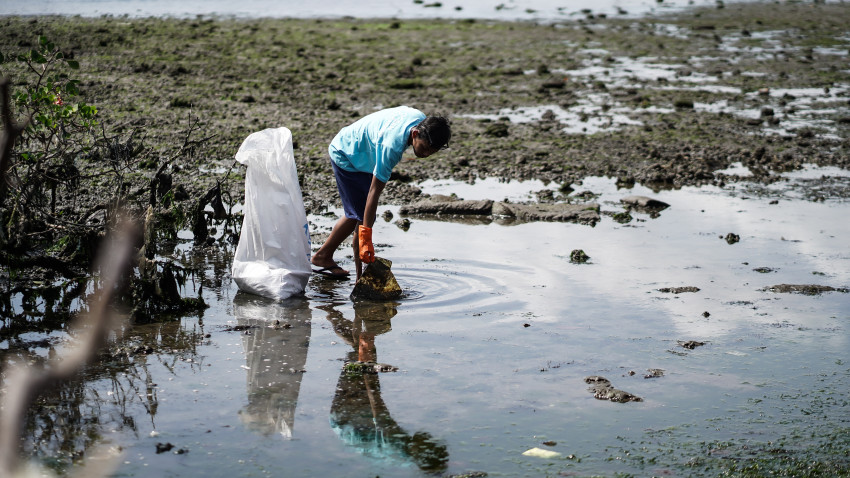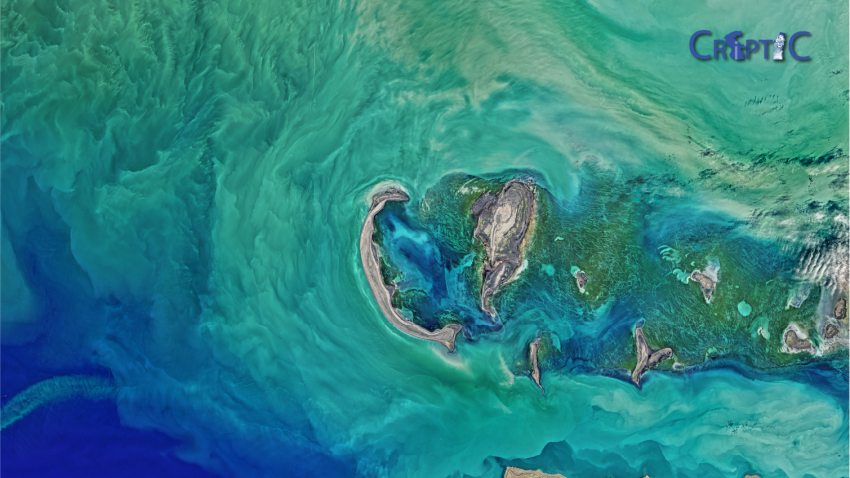Monitoring Plastic-Associated Pollutants on Bjørnøya
Long-range transported and persistent organic pollutants (POPs) have been monitored in the Arctic for several decades. In connection with global plastic pollution, several plastic additives have been detected in the Arctic and can be classified as pollutants. Monitoring is essential both for meeting national pollution targets for Svalbard and for providing decision-makers with a solid data foundation.
Marine litter that washes ashore in the Arctic contains additives bound within the plastic, which may leach into the environment once the plastic reaches land. This pilot project will initiate monitoring of macroplastics on Bjørnøya (Bear Island), using the same methodology as the Rydd i tide monitoring program on the mainland. The project will analyze both the quantity and types of litter. In collaboration with the permanent Bjørnøya MET station, three areas of the island will be cleaned of marine litter twice annually, with the waste analyzed to determine sources, nationality, and age. The aim is to continue monitoring over several years to build a robust dataset.
The project will also investigate the connection between plastic additives found on beaches and in the feathers of seabirds nesting on Bjørnøya. Pollutant levels will be measured in beach sediments, in feathers collected from live birds, and in feathers found on the ground. If feathers found on the ground provide the same information about additive levels, this could reduce stress for birds caused by direct human contact during sampling and could enable citizen science projects, thereby providing a broader data basis for monitoring plastic additive levels in the Arctic.
Norsk Polarinstitutt, Norsk institutt for Luftforskning-NILU, Meteorologisk stasjon Bjørnøya
Svalbard miljøvernfond og Abraham Odfjell Stiftelse


